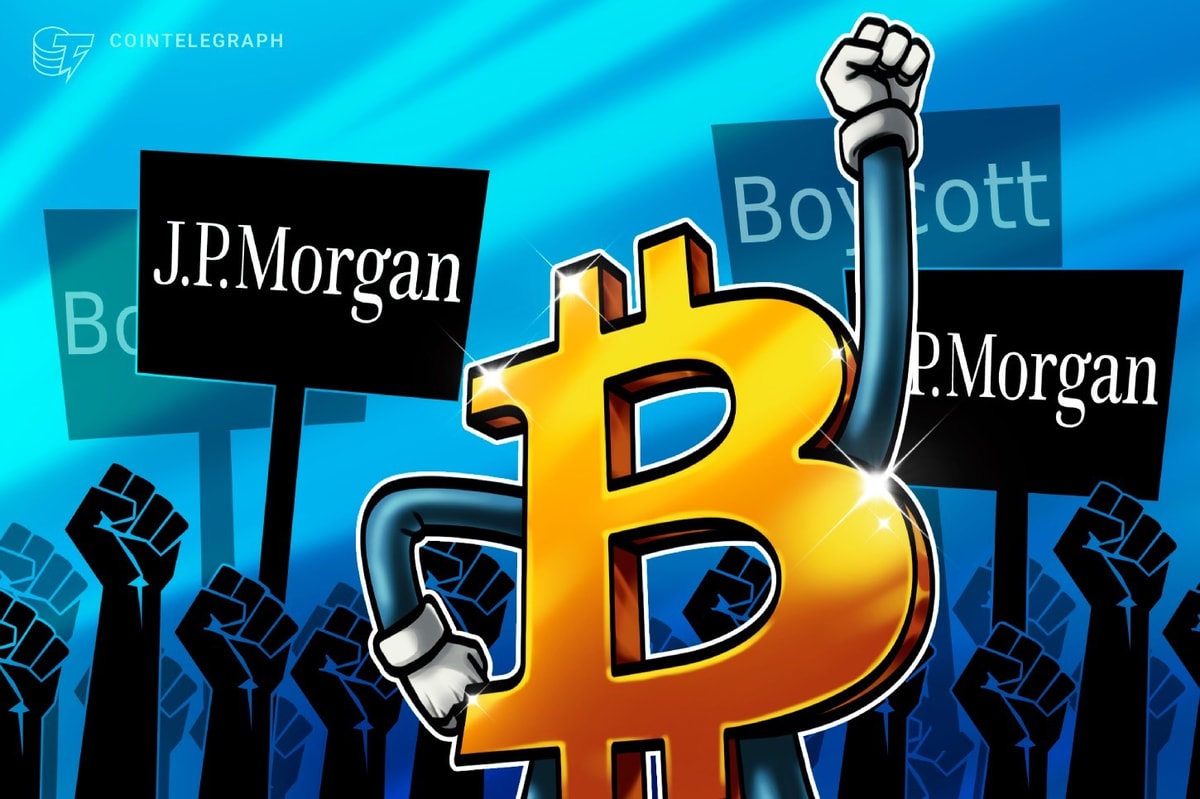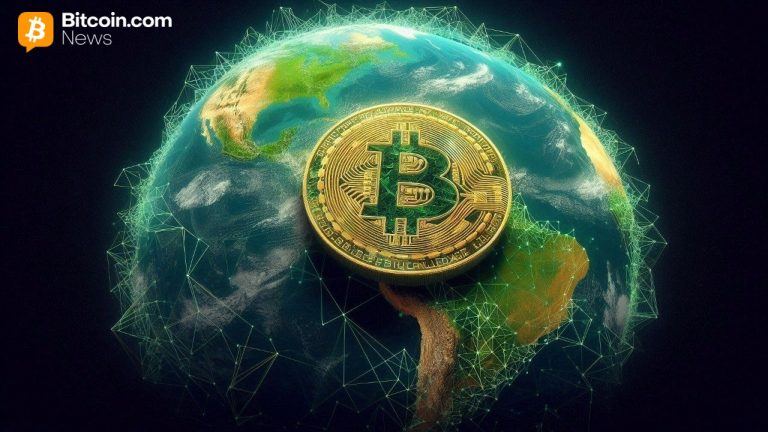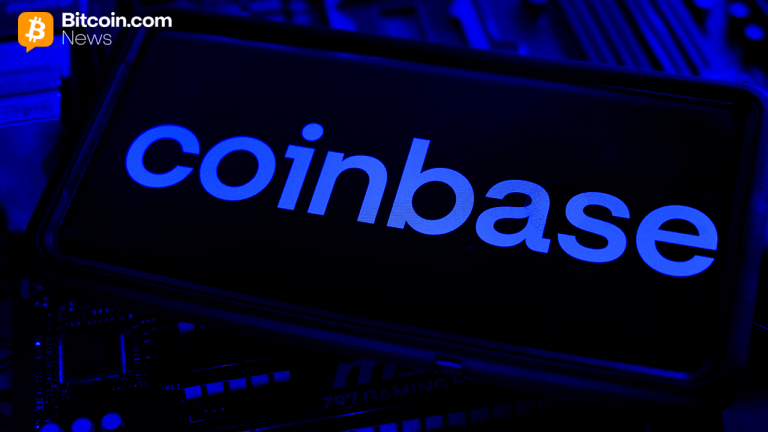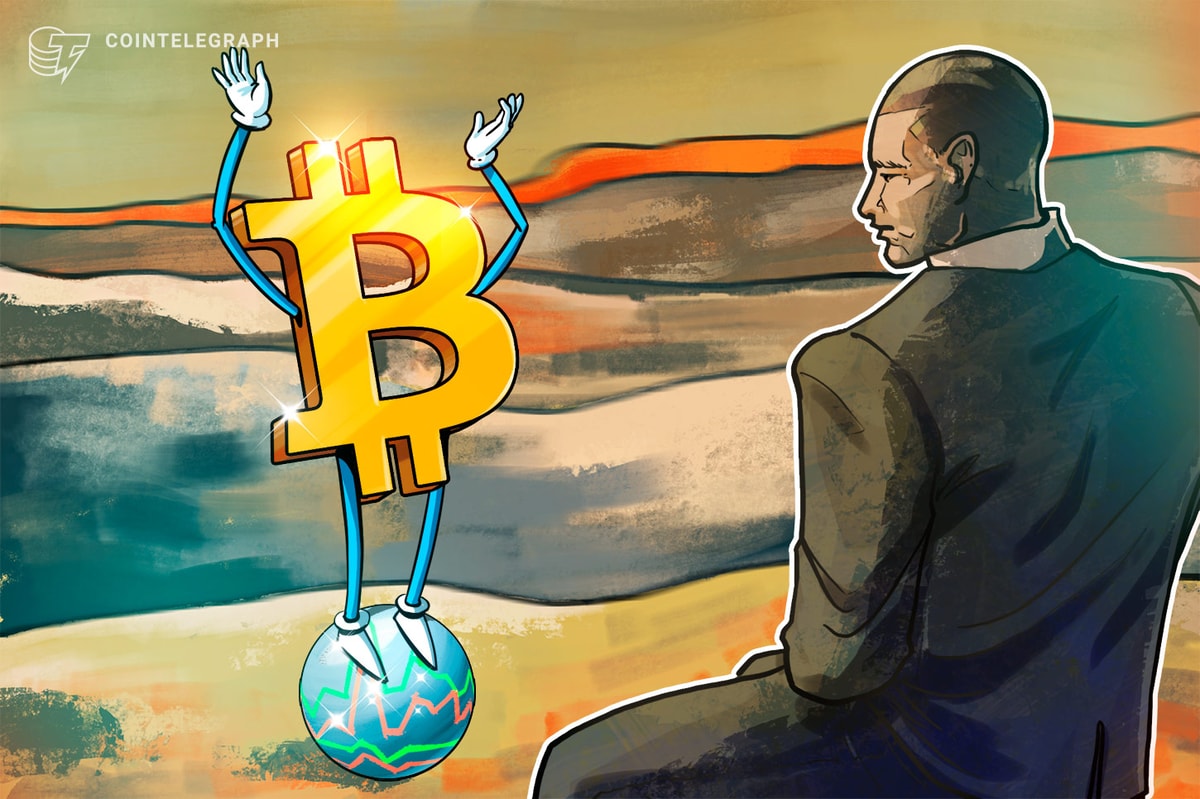Diving into the fixed-income markets
10 min read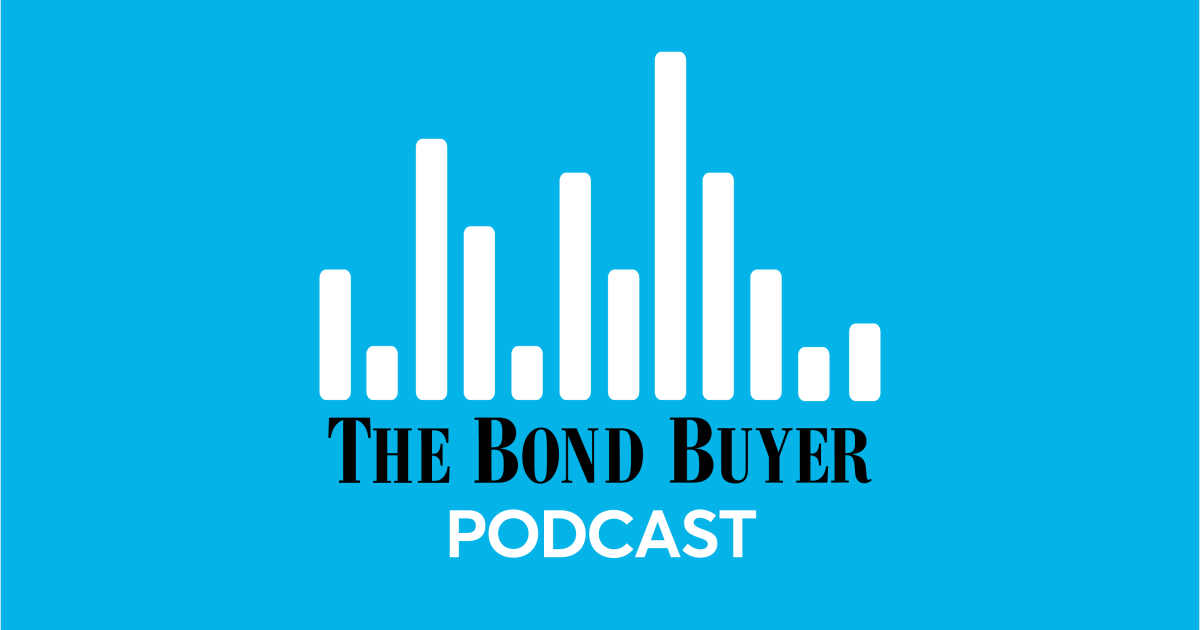
Transcription:
Chip Barnett (00:03):
Hi, and welcome to The Bond Buyer. I’m Chip Barnett and my guest today is Ellis Phifer. He’s a managing director and senior strategist in the fixed income research department at Raymond James. He’s been actively involved in the fixed-income markets for over 25 years, split between fixed-income portfolio management and strategy and research. And today we’re going to be taking a close look at the state of U.S. bonds and what’s going on there. Welcome everyone to The Bond Buyer Podcast. Let’s talk about the bond market. What are the opportunities there right now, Ellis?
Ellis Phifer (00:36):
Good afternoon, Chip. Thanks for having me. Yeah, the bond market, it’s obviously been a little bit choppy of late but in general we’ve been telling our clients to remain focused on where we are in the economy, that the Fed is tightening into a slowing economy. There’s obviously some issues there that we could discuss but to add some duration to the portfolio, there’s a better risk return at this point now for the bottom market than there’s been in years. It’s a great way to capture some extra yield in the cycle as well as we go through this end of the cycle where the Fed is closer to the end than the beginning and we think that’ll pay investors very well over the next few years at least.
Chip Barnett (01:28):
What do you think the challenges are facing the bond markets right now?
Ellis Phifer (01:32):
Well, I think it’s this constant battle we have right now between what the Fed is telling us and then what the bond markets kind of indicating may happen. Now they’ve become a little bit more in sync after the last F OMC meeting and the comments by the Fed Chairman Powell where he kept reiterating that the had disinflation was becoming apparent. The bond market took that as a green light to move into lower rates and then after that there was more of a takeback from him, not as much from him, but from the other members of the FOMC, that we’re going to stay diligent, we’re not finished yet, there’s still numbers to come out, we have to be data dependent. And since then obviously we’ve seen the CPI come out a little bit higher than expected or a decent amount higher than expected, higher in all categories in today’s PPI number coming out as well. So there’s a little bit of an adjustment and frankly, I think it’s been the right adjustment as far as looking at where the Fed stands and how the bond market expects things to play out from here. And so it’s been that little bit of a back and forth and now we need to reset and we need to see where things are going to take us as far as the economic numbers go.
Chip Barnett (02:57):
How does the economic look now? I mean, what’s the data telling us?
Ellis Phifer (03:02):
Well, the data’s telling us that in a lot of ways, in a lot of the underlying ways, housing things like that. And if we’re looking at things like backlogs of manufacturing orders versus inventories, we’re looking at a lot of those pieces of information. There is some underlying slowing in the economy. So the Fed rate hikes and the general rise in interest rates in general are having an impact on aggregate demand. And so there’s that. The other side is that the employment has remained sticky. We’ve had this today’s numbers, for instance, on unemployment claims showing that they’re continuing to trend lower so less people are having to look for a job. So that’s the sticky part of the economy right now for the Fed. And that’s where they’re mainly concerned and they’re concerned that we’ve got this potential wage price spiral, where growing wages in order to catch up to inflation begins to push inflation higher, yet real wages are continuing to lag.
(04:21)
So people do have less money to spend. We do need some wage increases, but obviously if we get some temperance in inflation as well. The consumer behavior is a real positive for the bond market and for the economy here, because the Fed is constantly focused on anchoring inflation expectations. So they want don’t want the consumer behaving like there’s rampant inflation because that just fuels more rampant inflation. It’s somewhat a feedback loop. And so the consumer is not in that mindset at this point. So that is very powerful weapon for the Fed that they’ve been able to control that. We’re not seeing that as far as pushing up inflation by itself. There’s just, the demand has been shifting over time. We shifted from goods to now we’re shifted to services. Services came much later than we expected, but now people are spending on services. So that’s a very positive on the economic outlook. It’s just continued to push prices up a little bit at this point
Chip Barnett (05:34):
And we’ll be right back after this important message. And we’re back talking bonds with Ellis Pfeiffer. Looking a little bit deeper at monetary policy, what’s the Federal Reserve thinking now?
Ellis Phifer (05:49):
They have a longer term viewpoint for the markets and for inflation and now for the economy then the bond market itself has, although bond markets extend out 30 years and beyond the Fed has to control the mindset of investors. We briefly talked about that a minute ago about the mindset of consumers. They also need to control the mindset of the investor. Investors can tend to get a little over their skis a bit and have some expectations. The Fed has always been given credibility for fighting inflation, now they talk about creating inflation and the markets have not given them melodic credibility for inflating society, which wouldn’t when inflation’s very low. And that’s a good reason for that. It’s just that’s a lot less in their abilities. But raising interest rates, increasing costs can do its job on reducing an overall demand in the economy.
(06:56)
And so in order to do that, they have to keep a steady hand. And so we heard from Jeremy Powell recently in his latest comments that disinflation is beginning to show up again. And in essence, in order for us to have lower inflation numbers, we need disinflation. We don’t need deflation. Deflation would not be good for the economy. We need disinflation. And all that means is a slowing down of the pace of inflation and that alone will bring it down into their target range over time as long as that disinflation remains fairly low. So the Fed is hoping for that outcome by reducing spending, reducing that current consumer from making purchases based on the belief that inflation would be higher next week, that next month, tomorrow, which is something that really happened back in the seventies. And so far all of that has come together and I think the Fed is looking now at, okay, we’ve done all of this work, we’ve raised rates on a historical basis and we need to see this play out.
(08:08)
And so in my mind, they look at it as, and they’ve stated as well, it’s been in all of the comments, that we need to see the work that we’ve done so far start to play out of the economy and it should play out in the economy the way that we think it will, then rates will come down as inflation comes down. If it doesn’t and something happens, we need to be data dependent. So they have to take a little bit more of a hard line stance on controlling inflation than the bond market would like sometimes. And so I think that’s kind of where their mindset is. I think they would like to raise rates at least one more time. The market had one time priced in just recently just before the CPI numbers one more time this year with a slight chance of a second one, now there’s really two that are fully priced with the peak and rates showing about August and then now there’s another about a 50% chance for a third one coming later in the year as well. So the market has certainly shifted its expectations. So the Fed, I think is now probably sitting back in their chair, their collective chair and saying, I think what we did was the right thing to come out hard about talking tough about inflation and stay in the course and this is working, right. So they can sit back now and not sit back and not do anything but continue on the path without having to make any big bold statements at this point. I think they can watch the market move forward.
Chip Barnett (09:45):
What do you think’s going to happen for the rest of the year?
Ellis Phifer (09:49):
Well, I think there’s a couple of things that are going on. I think they will probably, very sure they will go at least one more time. It’ll depend a little bit on the next set of economic numbers as they come out with inflation and employment. As far as the second time. I think the second time has got a fairly strong chance of happening as well. The third I’m not so sure about, I think that’s probably going to equal out over time. Every year we tend to run through this cycle, somewhat of a seasonal cycle, of seeing inflation is higher in the beginning of the year. It tends to start decline through the middle of the year and then get a little bit weaker towards the end of the year. The economic numbers tend to pretty much come in line a little bit noisy here in the first quarter.
(10:37)
Then they start to disappoint in the second quarter. And that’s normally when we see a reasonable rally in the bond market. So we see rates head a little bit lower, and then towards the end of the year that sets up somewhat of a surprise to the upside on economic numbers, rates tend to drift a little bit higher. But I think we don’t end the year below 3% on the 10-year rate. I think we’re probably a lower bound, we may breach it, but I don’t think it will last because I don’t think inflation will stay quite that low for a period of time. But there’s some underlying technical factors such as there’s a very large, almost historic number of investors that are short that the futures markets in the bond market expecting a major rise in rates. And those don’t necessarily play out to the extreme when we get an extreme like we have right now. So there is a potential for a decent rally through the end of the summer and then probably more of a leveling out towards the end of the year.
Chip Barnett (11:47):
Okay. Do you have any last thoughts for our listeners today?
Ellis Phifer (11:51):
Yeah, I do think there are some continuing thoughts. We see our clients concerned, obviously concerned about inflation, and I think we’ve seen probably the peak in inflation. There’s numbers, there’s some little bit of good information in the PPI numbers this morning, is that it is finally growing a little bit slower than CPI. So some of those cost pressures from the manufacturing side may not be as prevalent as they have been. It has been growing faster than CPI and potentially pushing CPI higher. Now the other is on recession versus non recession versus something else and that something else is being caused called a no landing situation. So in a recession or a soft landing that’s two of the three scenarios that I see as the most probable. And those two alone I think outweigh the last portion, which would be a resurgence of inflation.
(12:52)
And so on a historical basis, once the Fed stops raising rates, the interest rates in general tend to fall. Now they’ll tend to lead that a bit as I think they have in this period, and they led them on the way up. They typically lead them on the way down as well. And so I do think we’ve seen the peak in rates. So we get a lot of people that get so concerned about recession versus not recession, that the real question to me is, will the Fed stop raising rates or will they not stop raising rates? So if we get a soft landing, which means in my book no recession, a little bit of slowdown in GDP with no recession, the Fed will have stopped raising interest rates like they did in 1994. If we do get a recession, they will stop raising interest rates. As a matter of fact, they start lowering rates on historical basis before recession ever hits.
(13:46)
And right now the market is pretty much expecting them to begin to cut rates sometime in the first quarter of next year, which could mean something in a later 2024 recession. That’ll also bring down rates as well. So the risk to that, the big risk to that would be a resurgence of inflation. And so what would it take? It would take not only the continued employment situation, but we would need to get some consumer behavior changers. We would need to see housing start to increase again. We would need to see production increases. We’d need to see a fairly strong resurgence of economic activity. Now you can get us an economic activity resurgence without getting a big resurgence in inflation. So I think the inflation part is the outlier here. So I think as far as thinking about this year and the next few years and thinking about where rates are now I think it’s an excellent opportunity to add and capture some of those interest rates for the longer term cycle.
Chip Barnett (14:53):
Ellis Phifer of Raymond James, thank you very much for being here with us today.
Ellis Phifer (14:58):
Thank you for having me. Great to talk to you.
Chip Barnett (15:00):
And special thanks to Kellie Malone who did the audio production for this episode. Don’t forget to rate us, review us and subscribe at www.bondbuyer.com/subscribe. For the Bond Buyer, I’m Chip Barnett and thanks for listening.




